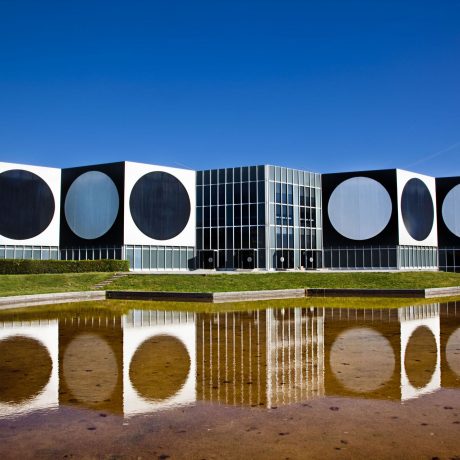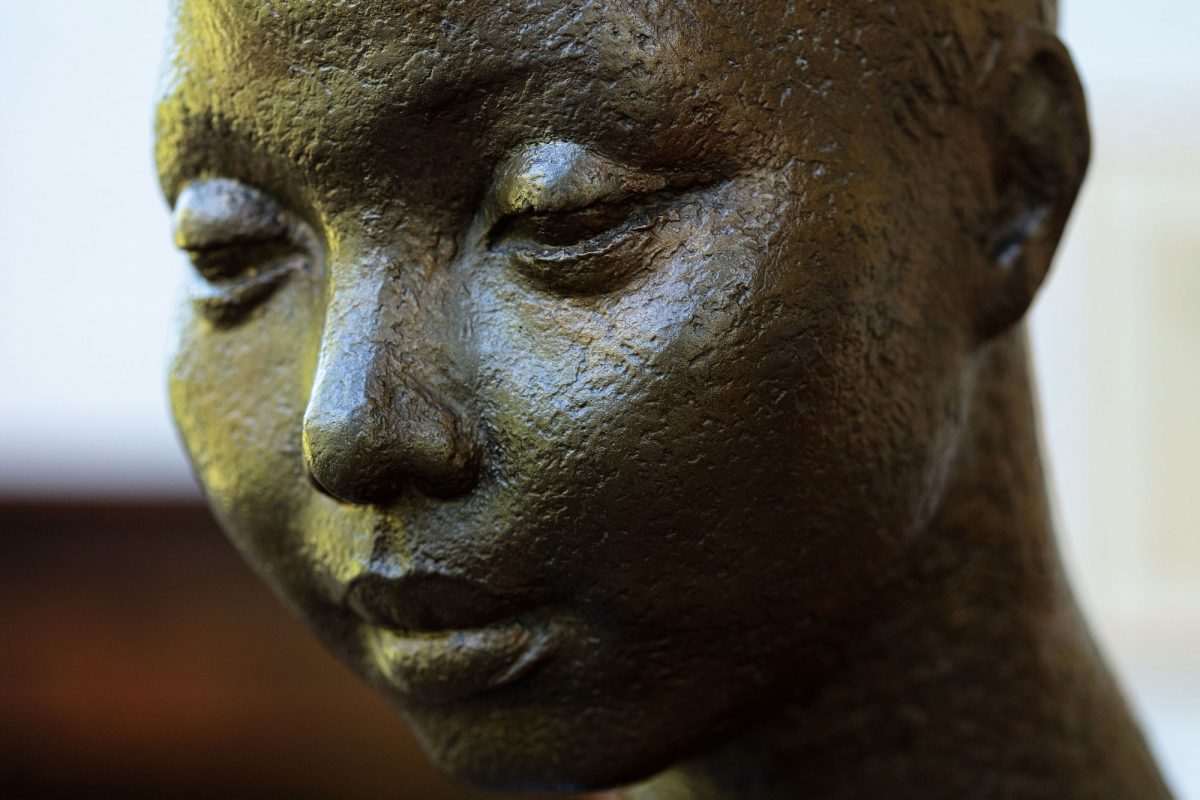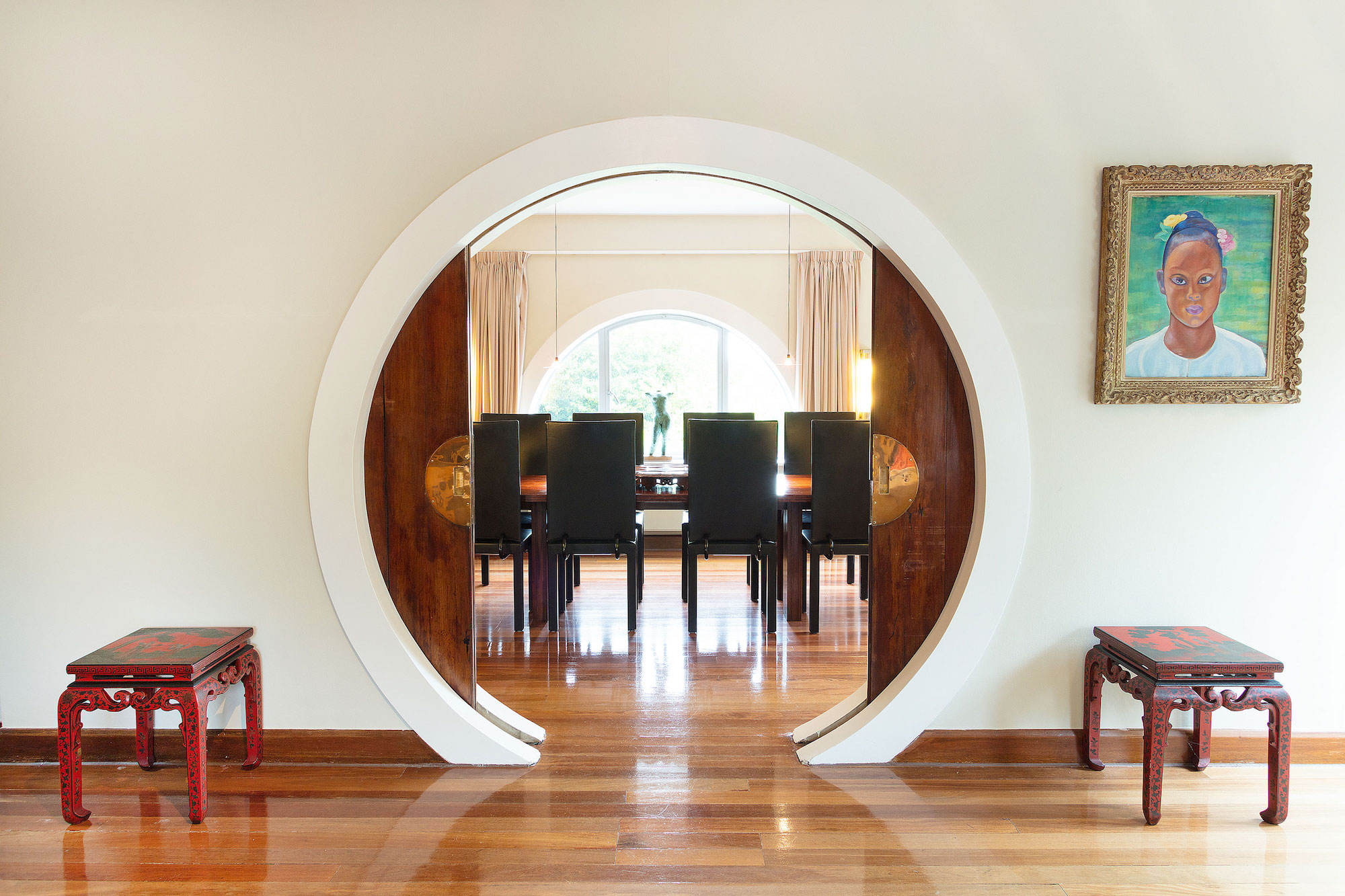
From museums to galleries, national treasures to significant little-known spots, each edition of Out Of The Ordinary offers up a virtual tour of an unmissable global art location
An architectural gem found in the leafy suburbs of south-west London, Dorich House Museum is the former home and studio of the sculptor Dora Gordine. An imposing red brick structure inspired by Art Deco design, the house stands overlooking Richmond Park. Remarkably for the mid 1930s, Gordine designed the building herself and lived there until her death in 1991 at the age of 96.
While the external façade is modern and austere, the building’s luminous interior features large bay windows illuminating Gordine’s vast collection of figurative sculptures and bronze busts. Spread across three floors, the top floor contained the private living space, and the bottom two floors her studio and gallery.
A relatively overlooked female artist now, Gordine nevertheless found great success during the inter-war years, reflected by the well-preserved house and studio which celebrates her legacy.
Who
Born in the former Russian Empire, Gordine studied as an artist in Estonia and Paris before travelling around East Asia and finally moving to Britain in 1935. Gordine had already achieved remarkable success before arriving in London: she was the first female artist to have a sculpture acquired by the Tate collection, with Mongolian Head in 1928. In 1939, the art critic of The Observer, Jan Gordon, described her as “very possibly becoming the finest woman sculptor in the world”.
“While the external façade is modern and austere, the building’s luminous interior features large bay windows illuminating Gordine’s vast collection”
Eventually, and largely through her aristocratic husband Richard Hare, Gordine infiltrated the elite circles of London society, befriending many notable figures who commissioned her to sculpt portrait busts of them. She also rubbed shoulders with members of the Bloomsbury group and sold works to the notable collector Samuel Courtauld. Of Jewish descent, her siblings Nikolai and Anna died at the hands of the Nazis in Tallinn, Estonia in 1941. Another brother, Leopold, escaped and lived in London until his death.
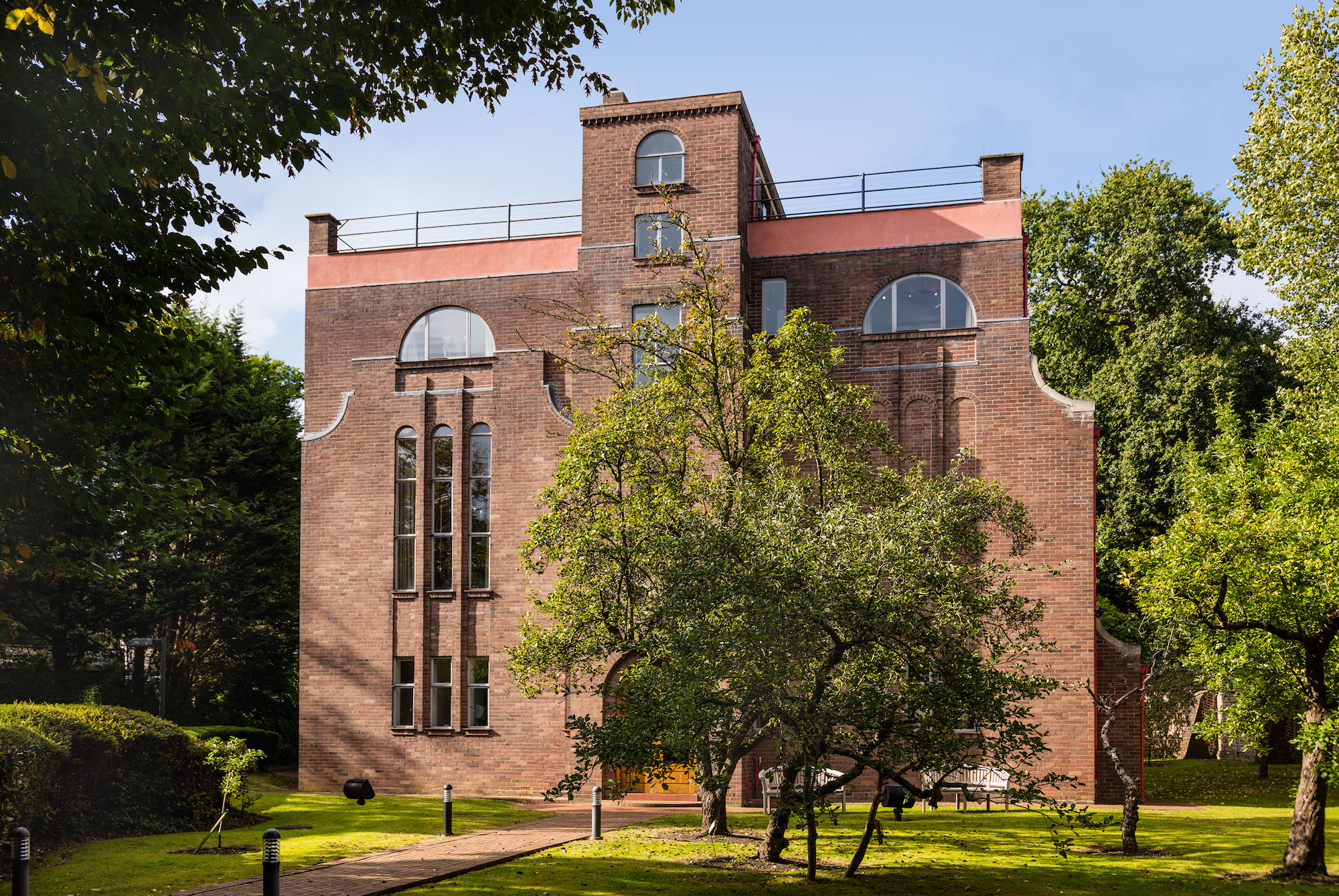
Where
The museum is owned by Kingston University and is situated at 67 Kingston Vale, on the corner of Richmond Park, the royal park known for its roaming fallow deer (visitors to Dorich House can enjoy great views across the park from the roof terrace). The Museum is close to the Neo-Classical manor White Lodge, home to the prestigious Royal Ballet School. From time to time, Gordine invited members of the school to her studio to pose for her, reflecting her love of dance and music. She once admitted to having “instinctively felt a correlation between the rhythms of music and sculpture”.
A reflection of her individuality and bold approach to sculpture at a time when artists were increasingly turning towards abstraction, the Dorich House Museum is testament to Gordine’s ambitions and ability to professionalise and promote her sculptural production. The spacious, light-filled exhibition spaces functioned as places to showcase her latest works, allowing eminent patrons and museum directors to see the sculptures first hand.
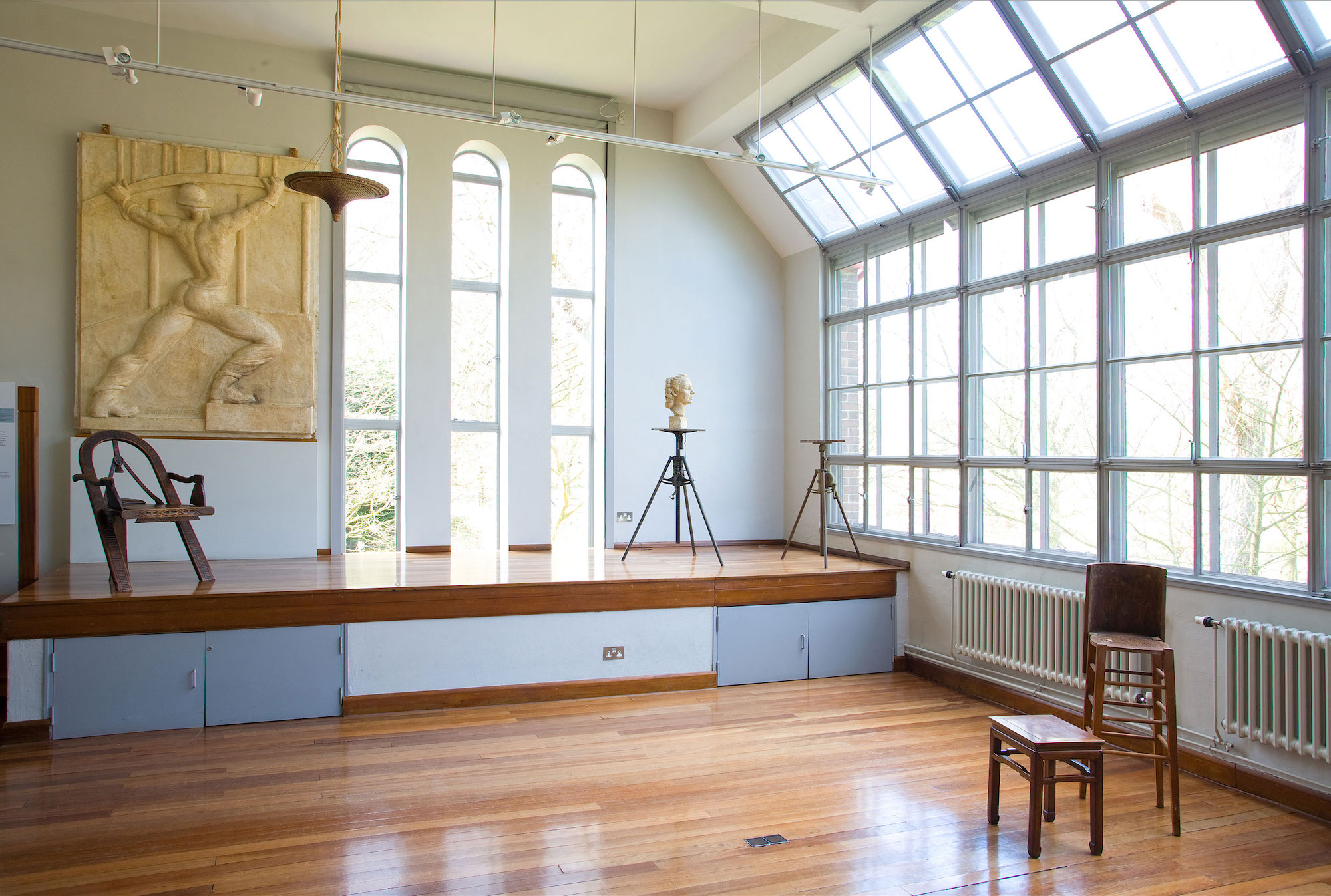
Why
Today Dorich House Museum holds the single largest collection of Gordine’s work, as well as early paintings she created in Paris and during her travels in southeast Asia. It’s an intimate glimpse into the life of a remarkable woman who is sadly somewhat overlooked as an artist today. In the spirit of Gordine, the museum functions today as an international centre to promote and support female creatives.
“A reflection of her individuality and bold approach to sculpture at a time when artists were increasingly turning towards abstraction…”
The site itself is also testament to the love shared between Gordine and her husband, Richard Hare (who lived there with her until his sudden death in 1966). The couple imagined and constructed the house and studio together, with ‘Dorich’ a portmanteau combining their given names.
Lydia Figes is an arts writer and editor. She is also the co-founder of radicalwomenshistory
Out of the Ordinary
Head off the beaten track as Elephant highlights the art world spots you really should visit
READ NOW